Main Menu

Appearance
It is very easy to stand out poorly with your impression by missing a very simple detail. Other reenactors are especially sensitive to long hair, non-period tattoos or jewelry, etc. Therefore, the following is provided as a guideline for you to "look" the part!
Hair
Members of IR63 will cut their hair so as not to touch the collar or tops of the ears, the sides and back will be tapered. Long top hair will not be combed over and long back hair or pony tails will not be bunched up and hidden under caps and helmets.
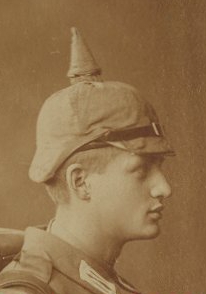
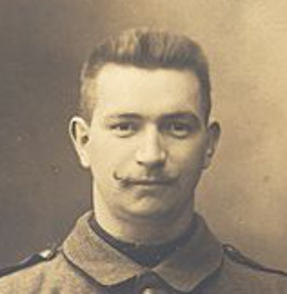
Sideburns will not extend below the top of the tragus (the prominent, pointed bump in front of the external opening of the ear. German army regulations forbid enlisted men from growing "sideburns" and "mutton-chops".
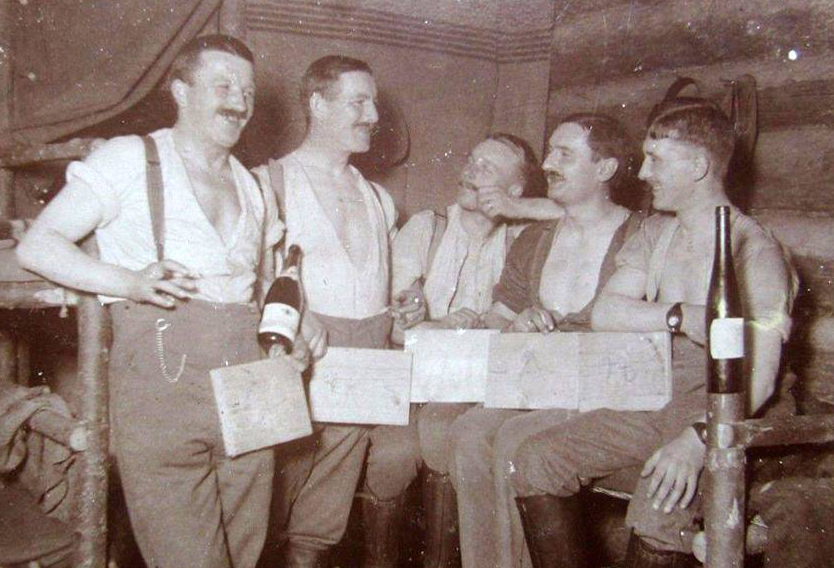
Mustaches will be kept short or groomed (waxed) into a "handlebar" shape; the infamous "Toothbrush" mustaches will not be permitted.

Beards were quite common early in the war, but as the war dragged on and the use of gas masks was a necessity, facial hair became less common as it made it difficult to seal the mask properly to the face. Beards were therefore trimmed short and often into goatees. Those not sporting beards will display no more than one day's growth of beard.
Eyeglasses
Looking through photos of WWI German soldiers, you will notice that pictures of front-line soldiers wearing glasses are RARE.
If you do wear glasses you will not be turned away, but you will need to acquire correct pattern frames as non-period frames are really noticeable and detract greatly from the unit impression. Acquiring period frames is fairly easy as WWII glasses are virtually identical to those used in the Great War and are now reproduced in China — which makes them very affordable — and original frames are easily found on ebay and other online vintage and antique dealers if you are truly hardcore. But, stay away from the tiny revolutionary war or civil war era frames as these are not correct for the period.
Frames came in two basic styles, Dienstbrille (service glasses) constructed of steel frames with steel cable ear pieces:
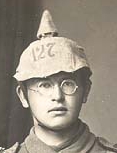
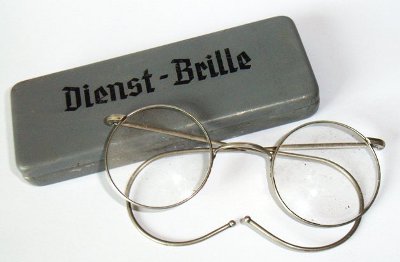
And Maskenbrille (Gas mask glasses) constructed of steel frames with cloth loops to secure to the ears:

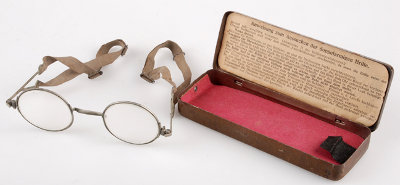
Maskenbrille were specifically designed to be worn with the gas mask, were
issued for front-line use to soldiers requiring eyeglasses. Since the metal arms on the
regular Dienstbrille prevented the mask from fitting tightly
against the face, the Maskenbrille had short double arms
onto which adjustable cotton tapes were sewn. These tapes were looped around the ears and
didn't interfere with the mask's fit. By late in the war the Maskenbrille was
the only allowed eyewear. However, IR63 allows its members to wear either
Dienstbrille, Maskenbrille or period correct eyewear.
There is always the option NOT to wear your glasses, but this is not encouraged. The battleground can be very dangerous. If you must go this route, please make sure our unit commander and your Gruppenführer (squad leader) knows. This is, of course, for your own safety as well as that of everyone else at the event.
Tattoos and piercings
Pierced ears were not adopted by men, generally speaking, until the 1960s at the earliest, and did not gain widespread popularity until the 1980s.
Men have always been prohibited from wearing earrings when in military uniform.
Other piercings, whether male or female, are a very recent fashion trend and was unheard of in the 1940s or earlier.
Tattoos have gained popularity among soldiers throughout the century. Yes, the Germans had them, especially those from the port cities (a sailor's trademark, we suppose). If your tattoos have German words in them, good for you. If there aren't any words in them, perhaps you're still all right. If your tattoo says "MOM" or "USMC," keep your shirt sleeves rolled down! Obviously, no visible modern tattoos.
Jewelry
Wedding bands may be worn on the right hand by married persons (this is the opposite of North American practice); otherwise it is best not to wear jewelery with your uniform.
Timepieces
Before wristwatches became popular in the 1920s, most watches were pocket watches, which often had covers and were carried in a special watch pocket and attached to a chain or fob. In the early 1900s, the wristwatch, originally called a wristlet, was reserved for women and considered more of a passing fad than a serious timepiece. Men, who carried pocket watches, were quoted as saying they would "sooner wear a skirt as wear a wristwatch". This changed in World War I, when soldiers on the battlefield found pocket watches to be impractical and attached their watches to their wrist by a cupped leather strap. It is also believed that Girard-Perregaux equipped the German Imperial Navy with wristwatches in a similar fashion as early as the 1880s, to be used while synchronizing naval attacks and firing artillery.
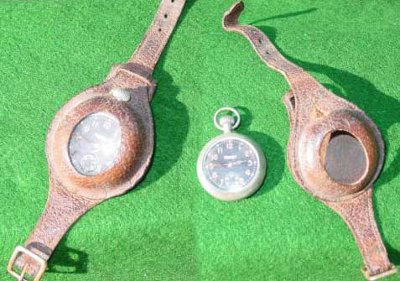
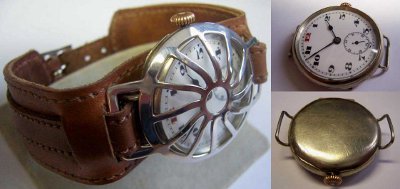
Pocket watches were the most common found in the trenches and are acceptable and encouraged for use by members of IR63 who wish to carry a watch (watches are not required). Try to find watches in silver or gold and of plain case. Dials should also be a simple one with either Roman or Arabic numerals.
If you must use a wristwatch, use a stitched leather band, in black or brown, with a cupped leather face protector or a perforated metal face protector.